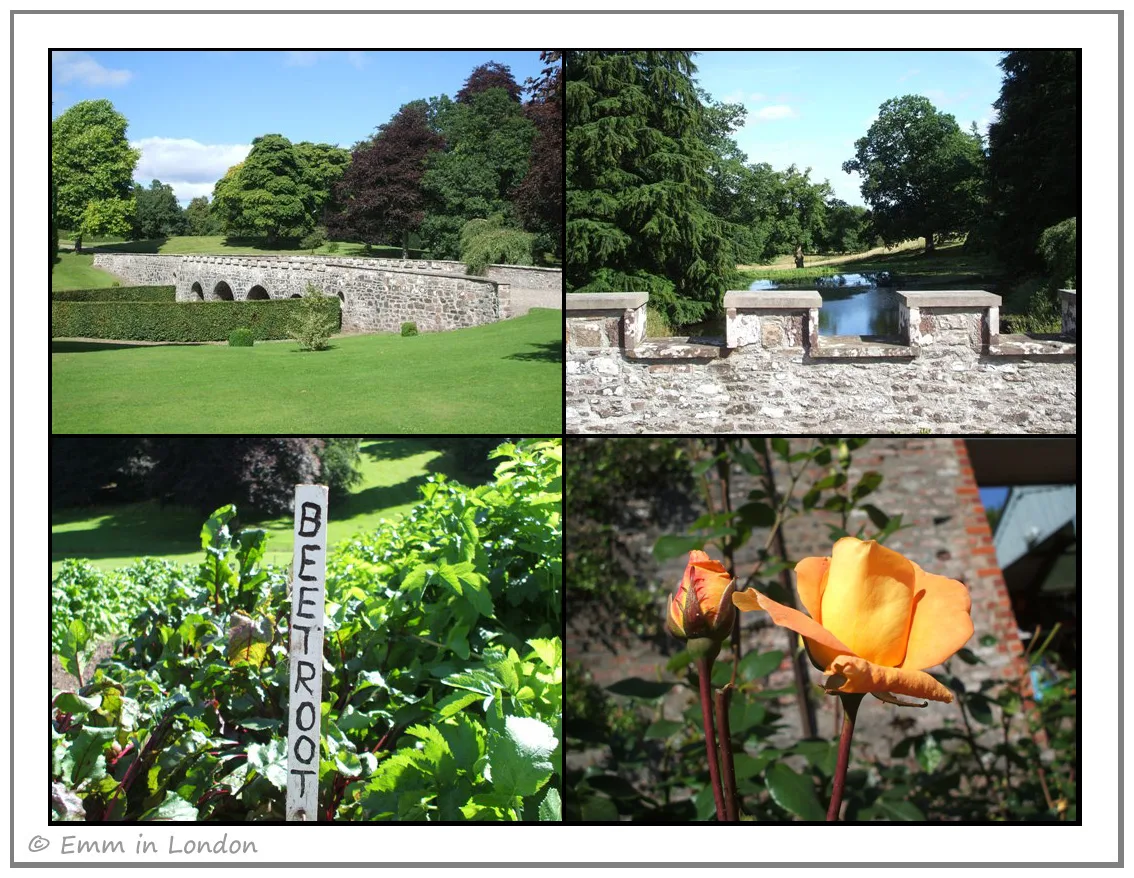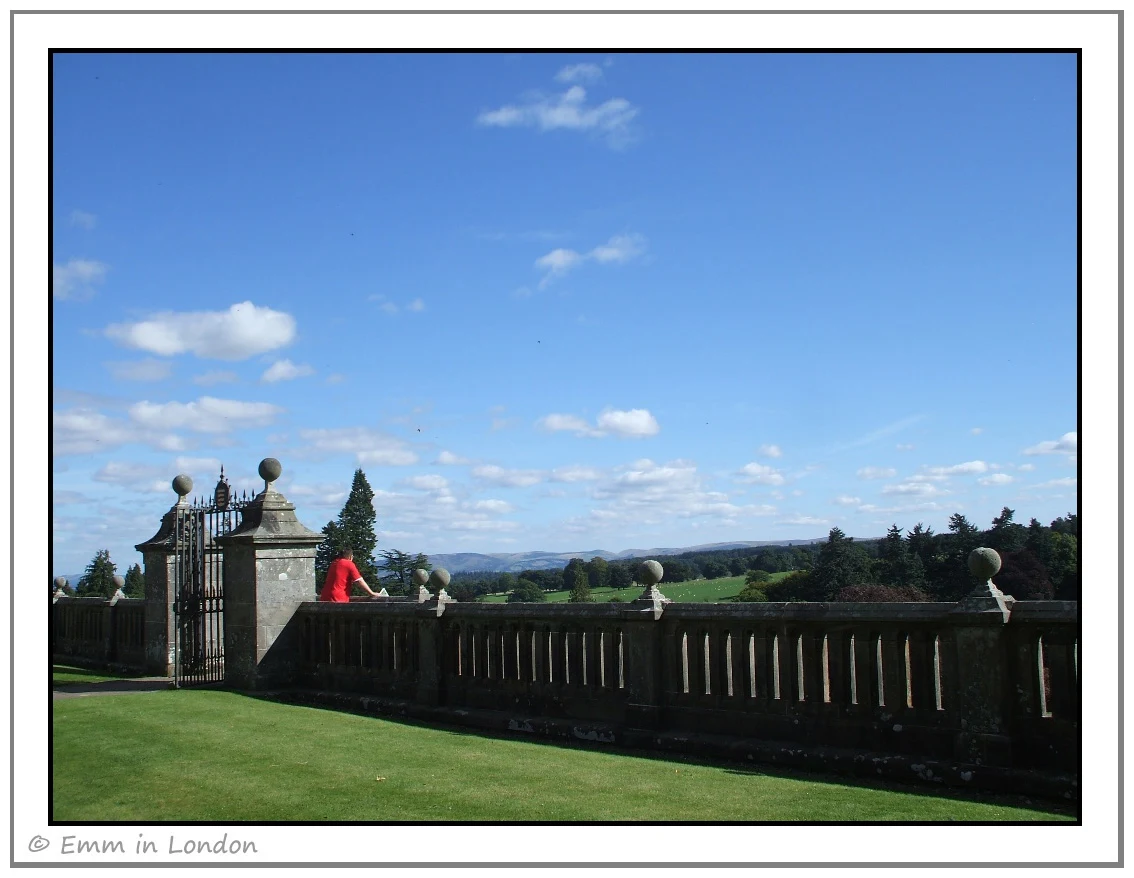On Saturday evening, we made our way to the Royal Albert hall to watch Editors in concert. I had never been to this venue before and was quite unprepared for just how exquisite and intricately detailed the architecture is.
We had to wait in a long line to get in to the venue so for once in my life, friends and spouse did not complain as I went around to the front to get some decent photos.
Above is the Albert Memorial in Kensington Gardens. It is quite beautiful and looked magical in the dusk lighting. (Click on the photos for a larger resolution).
The Royal Albert Hall was opened by Queen Victoria and the first performed was on March 29, 1871. I wonder if the patrons on that evening 140 years ago were as excited to see their performance as I was to see Editors?
I’m just writing up my review of the concert and should post that later this week.
In the meantime, I’ll take this opportunity to mention that I am having a couple of problems logging in to Blogger since my password was hijacked a couple of weeks ago. I can’t moderate comments or log in to my dashboard and it tells me that I am no longer following any blogs. I also can’t click on my followers to see new people without getting a nasty error message.
Now is not the time to encourage me to move to Wordpress, I was on that finicky and troublesome platform before moving over to Blogger, but please be patient for the next couple of weeks until we get this sorted. Google is aware of it and is trying to solve the issue.



























.jpg)
.jpg)
.jpg)
.jpg)
.jpg)
.jpg)

.jpg)




